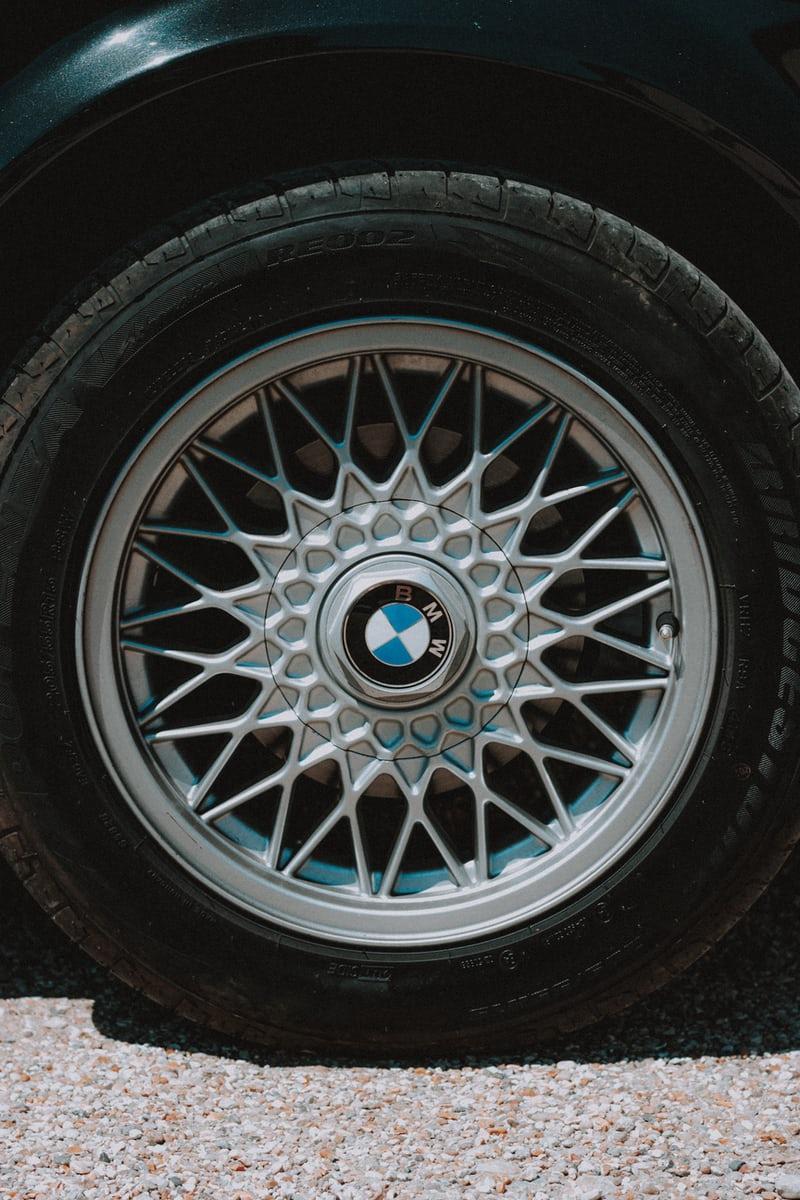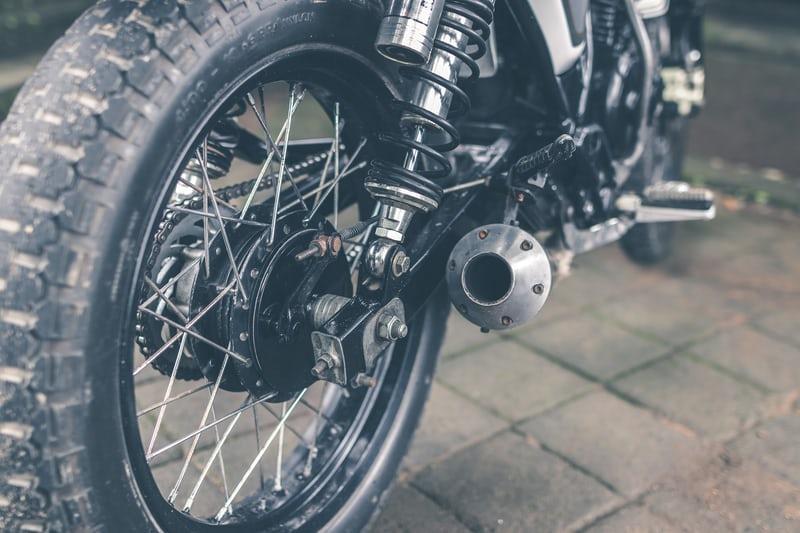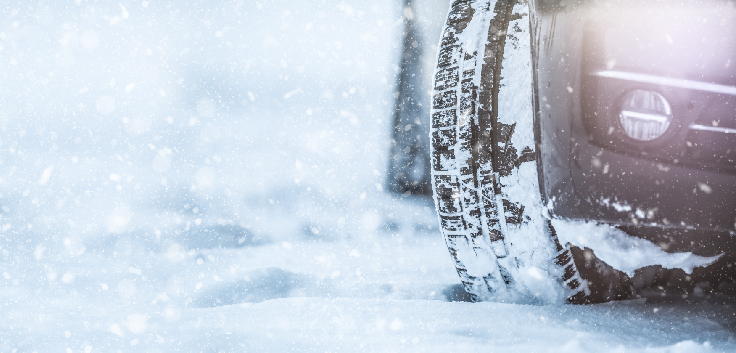Width
Current Selection:
Make
Current Selection:

How to Read Car and Bike Tyre Markings
Nowadays, new tyre buyers find it difficult to understand all of the details associated with selecting the right tyre for their vehicle or motorcycle. In times when road safety is a huge priority, no one deserves to end up with a set of mismatched tyres on their wheels. This is why knowing how to read car and bike tyre markings is a major benefit.
If you are not sure how to properly read tyre codes and sizes, you are not the only one. With so many different tyre manufacturers out there, it can be challenging to find the size and date of manufacture or the information about the rim protector.
Below, we are listing our guide with details on how to read tyre markings – and always make sure that the tyres you are considering are a perfect fit for your wheels. Once you read it, you will know how to see when a set of tyres has been manufactured, what is its load and speed index, and what does the M+S marking stand for.

Examining The Sidewall Of The Tyre
Each tyre has a sidewall with a lot of markings and text located there. A common example for a tyre sidewall is “P225/75 R17 95H.” Here, every number and letter stands for something different. They basically refer to:
- P: This is a letter that shows that “P” stands for passenger vehicle. If you see a marking that starts with “LT,” it is a tyre made for light trucks.
- 225: This is the width of the tyre measured in millimetres, ranging from one sidewall to another. If you want to upsize to a wider tyre, this is the number that you need to checkout.
- 75: This number indicates the aspect ratio of the tyre. In other words, it measures the height of a tyre’s cross section up to its width. The higher this aspect ratio is, the taller your tyre is. A higher tyre here means more comfortable riding, mainly at the cost of proper handling.
- R: This is the letter that determines that your tyre is Radial. Nowadays, having a “R” tyre means choosing tubeless tyres, which offer better traction and even tread that connects with the road. This translates to better performance. If you see a “B” instead of a “R” it basically means that your tyre is Bias. Check out our guide to radial and bias tyres.
- 17: The 17 here refers to the wheel diameter which in this case, is 17 inches. This is another important number, especially if you are upsizing or downsizing depending on the season. Also, this number is very important because in any other case, the tyre won’t fit your vehicle.
- 86: Load bearing capacity is the metric associated with this number. In order to get a better idea about the specific load carrying capacity of the tyre, you need to check the manufacturer’s tabloid in detail. The most common tyre loading capacity indexes start with 80, which can withstand up to 1000 kg and go up to 86 for cars that are up to 1,180 kilograms in weight. Obviously, SUV models and light trucks have greater load indexes.
- H: Last in the combination of letters and numbers is the speed rating or speed index. When buying new car tyres in UAE or SUV tyres, you should know what your driving goals should be like. If you want to drive mostly on the highways, a higher speed rating will keep your tyres cool during your endeavors. There are many different speed indexes, but some of the most common ones start with Q (tyres that can go up to 160km/h without problems) and end with Y (tyres that are tested to visit speeds of up to 300 km/h).
- Reinforced: On most of the tyres, there are also markings such as “XL” which means that the tyre supports extra loads, as well as “C” which means that it is intended for commercial use.
- MAX INFLATION: As the name itself suggests, this is linked to the maximum pressure allowed in the tyre.
- MAX LOAD: As the name suggests, this is linked to the maximum load the tyre can withstand.
Other Important Tyre Markings You Should Be Aware Of
Besides the basic tyre markings that we explained above, there are also other markings that you can find on a tyre. These include the following:
- PSI or Inflation Pressure: This metric is linked to the amount of air pressure that needs to be maintained in order to keep your tyre rolling at full efficiency. PSI can also have a significant impact on fuel economy and tread wear.
- Temperature: Regions with extreme weather like the UAE demand tyres that have a proper temperature rating. Make sure that the tyres you are buying are able to withstand hot and humid temperatures.
- Regulatory Approval: The ISO mark is one indicator that the tyre is passed by proper authorities for quality and road safety.
- Directional Arrows: Tyre models that have unidirectional treads will usually have arrows that indicate forward direction. Asymmetrical tyres, on the other hand, have in and out indicators on them to help the technicians with the fitting.
- 1119: This is thep production date, where the first two numbers indicate the week and the next two indicate the year. In this case, a tyre with “1119” on it means that it was manufactured in the 11th week of year 2019.
- “0228908”: This is an example of a homologation number of a tyre. Also, there could be another combination of a letter and number such as the “E4” which means that the homologation has been made within the European Union.
- ROTATION: On some models, there is tyre fitting information and a direction on how to properly rotate your tyres. The symbol is usually the word “ROTATION” accompanied by an arrow which determines the proper rotation of the tyre.
- DOT: This is a mark associated with the Department of Transportation, and makes sure that the tyre properties are consistent with all the safety standards of the US Department of Transportation (DOT). Next to this marking is the 12-digit identification code or serial number. At the end of the DOT number, the tyre date code is shown.
- ROF: This marking indicates “Run On Flat” which is a technology used by Goodyear and Dunlop that indicates tyres that may continue operation even after they are damaged or lose internal pressure. SST is another metric that refers to “Self Supporting Technology” and means the same as ROF.
- TT/TL: TL stands for Tubeless Tyre, while TT stands for Tube Type Tyre. Both of them mean the same.

Tyre Labels After 2012
What’s also worth mentioning is a new law that passed in 2012. According to it, from November 1st 2012, each tyre produced after 30th June 2012 must be provided with a label that will show these three parameters (in addition to what we listed above):
- Rolling resistance, impact on fuel consumption and CO2 emissions
- Wet grip, which shows the general level of safety provided by the tyre
- External noise levels which affect the overall level of traffic noise
Even though these metrics don’t present many important parameters related to performance, they are a solid addition to all that’s been a standard before.
Final Thoughts
If you are still not sure whether you can read the tyre markings properly when buying new tyres in UAE, the best way to get help and learn more about tyres is by contacting a certified technician.
At Tyres Online, we have plenty of new car tyre models in UAE to choose from, and a service that will assure you of getting the very best for your needs and budget. For more information, contact us today via phone or email!




The information below is required for social login